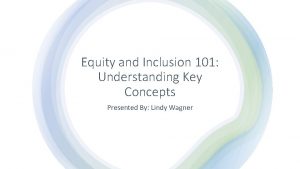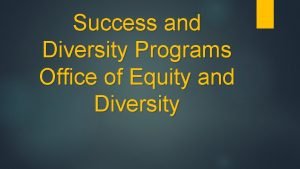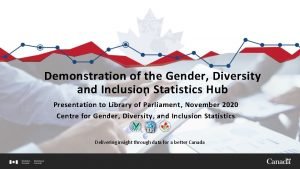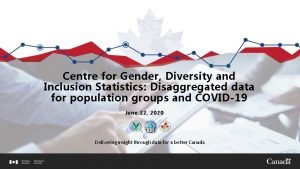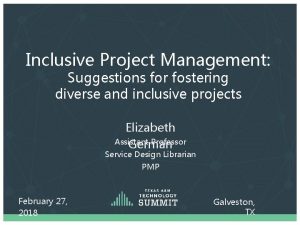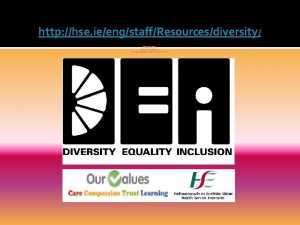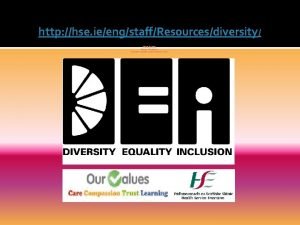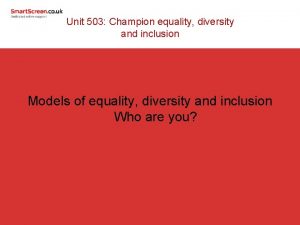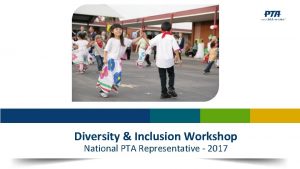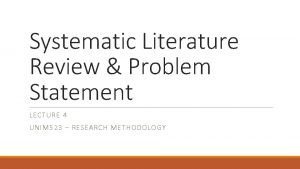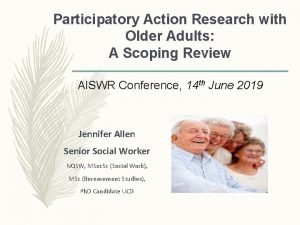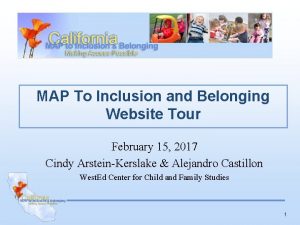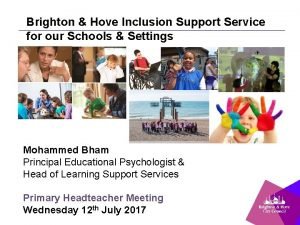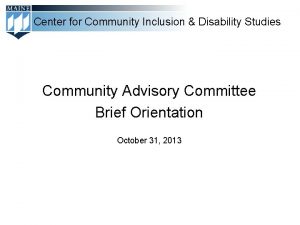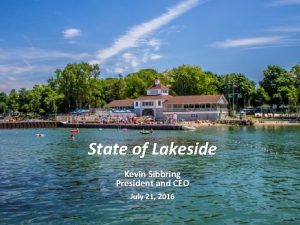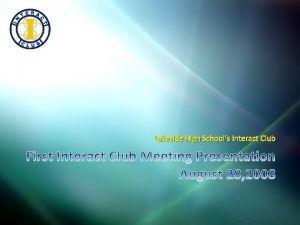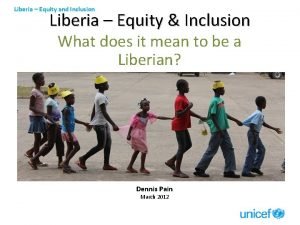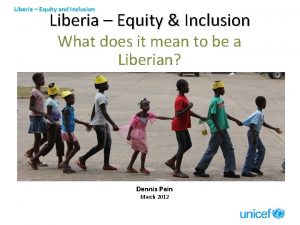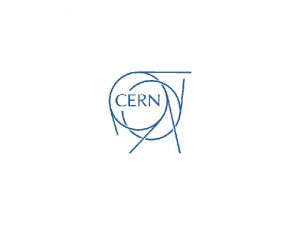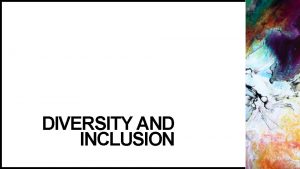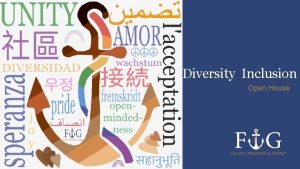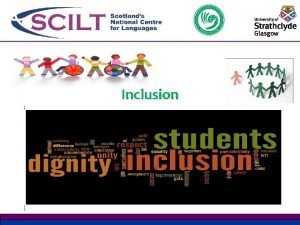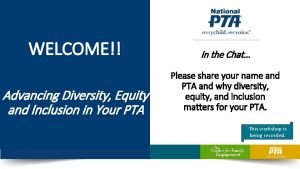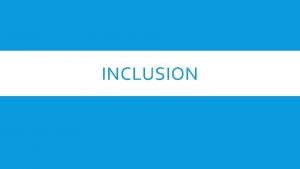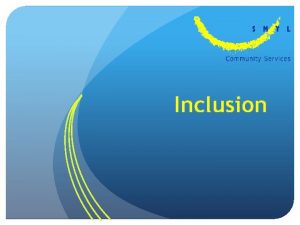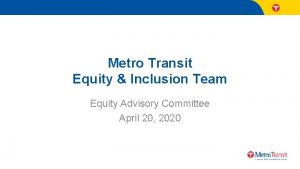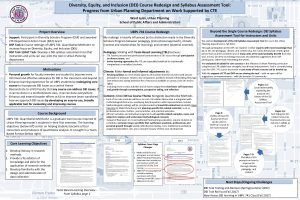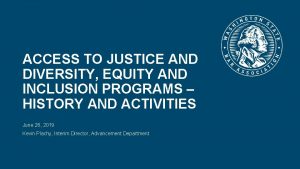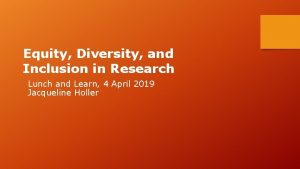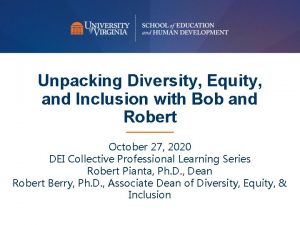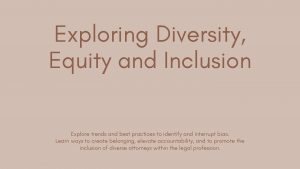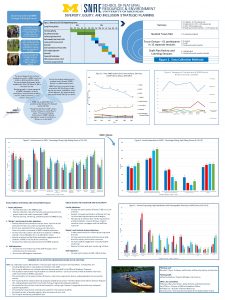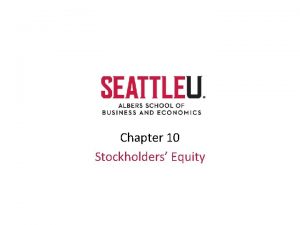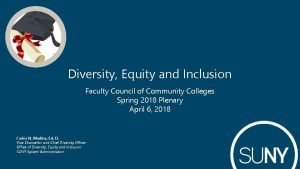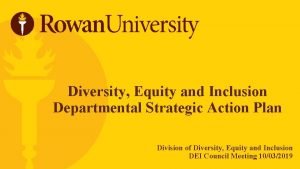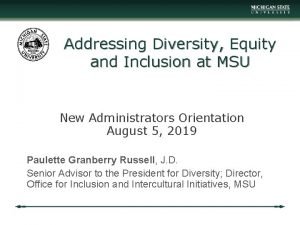Welcome to Lakeside Diversity Inclusion and Equity Diversity
























- Slides: 24

Welcome to Lakeside!

Diversity, Inclusion and Equity


Diversity - Diversity is what is defined as the other. It is quantifiable, the numbers, if you will, regarding people, perspectives, and voices, the objects that are displayed in your classrooms, the texts you read, etc. (Lakeside is good at this, got this down) Inclusion - You can have an incredibly diverse community; however, that does not guarantee inclusion. Inclusion is not just an invite, check the box that we have included someone, and move on. Inclusion is about individuals being able to fully participate, contribute, and have a sense of belonging. Partnership. It is about working collaboratively with others. (Lakeside is working on this, come a long way)

Equity - Lakeside responds to the different needs of our community members on both an individual and institutional level. We recognize that life is not a level playing field, and thus we make conscious choices to allow all students, especially, the opportunities to fully participate in the life of the school. (Lakeside is working on this, good in some areas but this is the goal)

Diversity at Lakeside Inclusion at Lakeside • • • • No cut policy in sports • Tutoring coverage • Prom • Admissions process • Meetings across King County Age Race Ethnicity Gender Identity Sexual Orientation Socioeconomic Class Religion Ability Sex Language Family Structure … – College counseling presentations – Financial Aid presentations – Advisor meetings Equity at Lakeside • Access and Affordability • Family Support Program

EQUALITY VS. EQUITY

What is culture? The ever-changing values, traditions, social and political relationships, and worldview created, shared, and transformed by a group of people bound together by a combination of factors that can include a common history, geographic location, language, social class, and religion. Nieto, S. (2004) Affirming Diversity: The sociopolitical context of multicultural education (4 th ed. ). Boston, Mass. : Allyn and Bacon. Million dollar question: what is Lakeside culture? ?


Critical Cultural Competency The ability to engage in critical reflection of self from alternative perspectives to surface implicit personal biases and assumptions; negotiate understanding within and across cultural groups to promote learning; and transform educational settings through thoughtful, innovative practices to enhance equity in education. Cooper, Jewell E. , He, Ye, Levin, Barbara B. , Developing Critical Cultural Competence. 2011.

Cultural Competency – yikes! Cultural Competency: How can you start to practice this? Developing skills in cultural competence is like learning a language, a sport or an instrument. The learner must learn, re-learn, continuously practice, and develop in an environment of constant change. Cultures and individuals are dynamic — they constantly adapt and evolve • Know and understand your cultural lens. • Ask yourself: is there another cultural lens you can use to look at a situation? • What changes would you make in that situation? http: //www. k 12. wa. us/cisl/eliminatingthegaps/culturalcompetence/de fault. aspx

Activity – communication (under the iceberg) Questions: • • In your opinion, what are good communication skills? Why are these good communication skills to have? Have you encountered students with different communication styles? How did you know? What did you do? Talk about an example of a cultural clash involving communication that you have experienced. Looking back, would you have done anything differently? If so, what? Question for Mentors: • What does successful communication look like at Lakeside?

Activity – participation (under the iceberg) Talk about a time when you felt you couldn’t contribute to a conversation. Questions: • • Why did you feel this way? What would have made you feel like you could have contributed to the conversation? What would have made you feel more comfortable? What obstacles have you observed with students that might keep them out of a conversation? What could you do when you see a student who doesn’t contribute? (hint: think about your cultural lens and their cultural lens) Question for Mentors: • Where do you see this happening at Lakeside? • How do you help students find their voice in the classroom?

Activity – honesty, vulnerability, and grace Questions: • • How do you feel about these topics? What are your biggest fears? What strengths do you bring to this work? What strategies do you have in your toolkit when something goes wrong? (you said something that was received the wrong way, a cultural clash happens in your class, a political conversation goes sideways, you witness something that was offensive, etc. ) Question for mentors: • What growth have you seen in this work during your time? • What do you do when things get difficult?

What can I do? How can I participate? • Commitment to personal growth and reflection • Talk with colleagues in formal and informal settings • Professional development! • All School Diversity Committee • Affinity and Alliance student leader • Strategic Initiative: Our Work Together

Questions? Comments?

Family and Student Support & The Student Support Team

“Everyone has stuff”

The primary responsibility of the SST is to ensure that the developmental, social-emotional, psychological, academic, financial and family needs of the students are met.

Activity: Reflection Questions: • During your schooling, think about a time you (or your family) went through something difficult. – Was there anyone able to support you? If so, who? – What did you like OR wish for? Questions for Mentors: • When have you accessed SST? • What are common SST topics that come up at Lakeside?

Members of the SST Upper School Middle School • • Jamie Asaka, Director of Family & Student Support Tasha Chang, Head of MS/US SST Ted Chen, Assistant Director Tearon Joseph, Associate Director of Admissions & Financial Aid Programs Director Sanni Keskimaki, Learning Support Specialist Latasia Lanier, Family Support Liaison Hilary Myerberg, Counselor Meg Wolfe, Learning Resource Coordinator • • • Jamie Asaka, Director of Family & Student Support Betty Benson, Assistant Director Meredith Bledsoe, Counselor & Counseling Center Coordinator Jeff Bonar, Learning Resource Coordinator Tasha Chang, Head of MS/US SST & Learning Resource Coordinator Antonio Gudino, Athletic Trainer Tearon Joseph, Associate Director of Admissions & Financial Aid Programs Director Julie Keller, Counselor Latasia Lanier, Family Support Liaison

Physical • • • Concussion Movement impairment Long-term illness Academic • • • Course load/level issues Tutoring needs Low grades Sudden change in performance Extra-curricular activities impacting academics Academic probation Accommodations and/or support plans Not turning in work When an accommodation pattern develops Social-Emotional • • • • Picked on/picking on Depression Anxiety Perfectionism impacting academics Not connecting socially Change in behavior Cultural transition Suicidality Abuse/neglect Cutting/self-harm School refusal Eating disorders Isolation/noninclusion Substance abuse Connecting to resources Attendance concerns Family • • • Connecting to resources Transportation issues Protective order Death in family Illness in family Divorce Change in family circumstance Difficult parent/guardian interaction Lakeside cultural navigation Interpreter services Administration • • • Academic integrity Discipline concerns Academic Probation Low grades Attendance concerns

Who do I go to? Middle School Discipline/Academic Probation – Ted Academic Support – Meg & Sanni Counseling – Hilary Family Support – Latasia & Jamie Financial Aid/Admissions – Tearon Physical Health – Ted & Meg SST Liaison/Oversight - Jamie & Tasha Upper School Discipline/Academic Probation – Betty Academic Support – Tasha & Jeff Counseling – Meredith & Julie Family Support – Latasia & Jamie Financial Aid/Admissions – Tearon Physical Health – Antonio SST Liaison/Oversight - Jamie & Tasha

Questions? Comments?
 Diversity equity and inclusion 101
Diversity equity and inclusion 101 Lakeside amusement park dayton ohio
Lakeside amusement park dayton ohio Lakeside institute of theology
Lakeside institute of theology Etsu equity and inclusion conference
Etsu equity and inclusion conference Diversity and inclusion scorecard
Diversity and inclusion scorecard Centre for gender diversity and inclusion statistics
Centre for gender diversity and inclusion statistics Diversity and inclusion consulting
Diversity and inclusion consulting Centre for gender diversity and inclusion statistics
Centre for gender diversity and inclusion statistics Korn ferry diversity and inclusion maturity model
Korn ferry diversity and inclusion maturity model Diversity training outcomes
Diversity training outcomes Diversity and inclusion pulse survey
Diversity and inclusion pulse survey Hse diversity equality and inclusion strategy
Hse diversity equality and inclusion strategy Hse diversity equality and inclusion strategy
Hse diversity equality and inclusion strategy Unit 503
Unit 503 Pta diversity and inclusion
Pta diversity and inclusion Genetic diversity vs species diversity
Genetic diversity vs species diversity Genetic diversity vs species diversity
Genetic diversity vs species diversity Wise men three clever are we
Wise men three clever are we Statement of the problem sample
Statement of the problem sample Narrative review vs systematic review
Narrative review vs systematic review What is the inclusion and exclusion criteria in research
What is the inclusion and exclusion criteria in research California map to inclusion and belonging
California map to inclusion and belonging Bhiss
Bhiss Center for community inclusion and disability studies
Center for community inclusion and disability studies Stevenson and black 2007 inclusion spectrum
Stevenson and black 2007 inclusion spectrum
